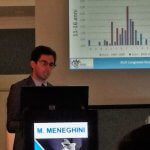Visual impairment
When we talk about visual impairment we mean the total or partial loss of the ability of a subject to perform, in total autonomy, the simple and recurring actions of daily life that require the support and contribution provided by the visual field.
These deficits can affect:
- visual acuity: in this case the subject is not able to distinguish the details that characterize an object. Visual acuity is also called visus and is measured by the optician or ophthalmologist.
- amplitude of the field of view: in normal conditions, it has a total amplitude of about 120 in the vertical plane and 180 in the horizontal one.
Visual deficits encompass all those problems that affect both with the vision and with the visual field. However, a distinction is made between blindness and low vision if one or both eyes are involved.
Follow us in this scientific excursus to stay up to date on innovative cures and treatments brought forward by research.
Specialized doctors will enrich this in-depth study of visual impairment through interviews, statements and articles, thus providing a valuable contribution to the dissemination of topics on which they can boast years of study and research.
Latest articles
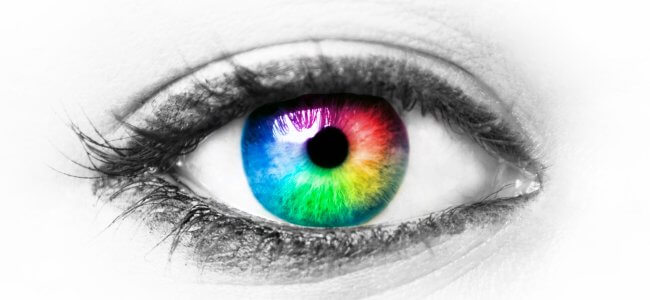
Color perception and diagnostic tests
Color perception greatly enriches in detail what we observe but can sometimes function abnormally. We learn about the psychophysical process of color vision, causes of perceptual deficits, and specific tests.

Hemianopsia in relation to other pathologies
Hemianopsia is often the first onset of severe brain disease (e.g., aneurysms, tumors, and strokes). Let us review some rare cases of hemianopsia related to less common diseases.

Types of Hemianopias
Let’s clarify the types of hemianopias by simulating the vision of a person with this important visual field deficit.

Neglect: Rehabilitation perspectives and intervention modalities
Is it possible to unknowingly ignore a part of one’s body or space? Let’s find out about the perception impairments of neglect.
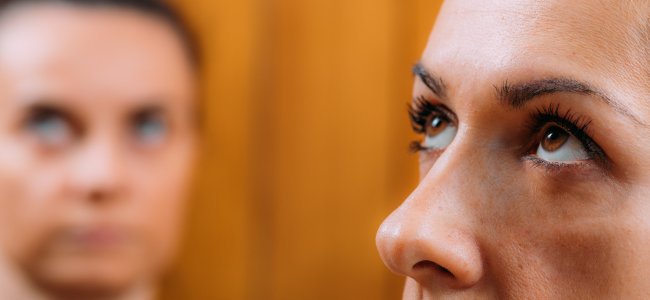
Acquired Nystagmus
Acquired Nystagmus manifests as oscillatory eye movement, dizziness, difficulty focusing, postural instability and sometimes nausea. Let’s find out causes and possible treatments.

The Nystagmus test in childhood
Orthoptic evaluation is essential in children presenting with nystagmus: visual acuity, the presence of strabismus, and the study of ocular motility allow the specialist to choose the correct treatment.

Rehabilitation of hemianopsia with prismatic segments
Let’s find out some rehabilitation strategies to treat full homonymous hemianopias that impact activities of daily living.

Congenital Hemianopsia: consequences for daily life
Congenital hemianopsia is a rare visual condition that occurs from birth. The medical literature offers data and research that delve into the possible causes.

Hemianopsia and Neglect: the differential diagnosis
After brain injury, neglect and hemianopsia are common disorders that are often confused due to the complexity of symptoms.
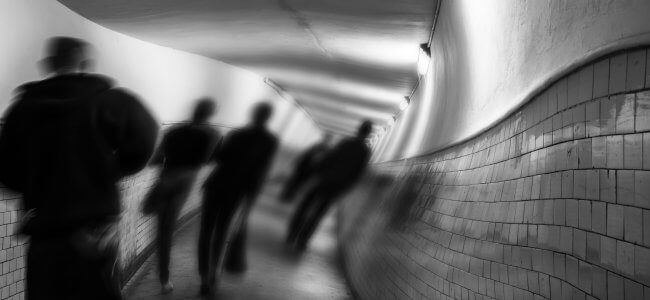
Charles Bonnet syndrome stroke
It is a curious disease that causes true visual hallucinations similar to flashes of light. Phantom visions that are often debilitating and disturbing.

Multiple sclerosis and visual symptoms
It is one of the most common and most serious chronic diseases of the central nervous system that in 30% of cases begins with visual disorders.
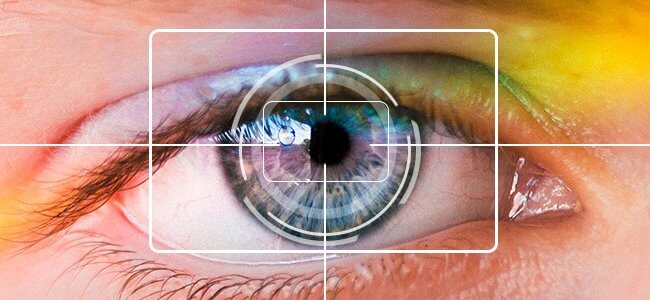
Hemianopsia test: methods and examination instruments
Evaluation of hemianoptic disorder is a complex process that aims to reduce difficulties and counteract limitations due to the deficit.
